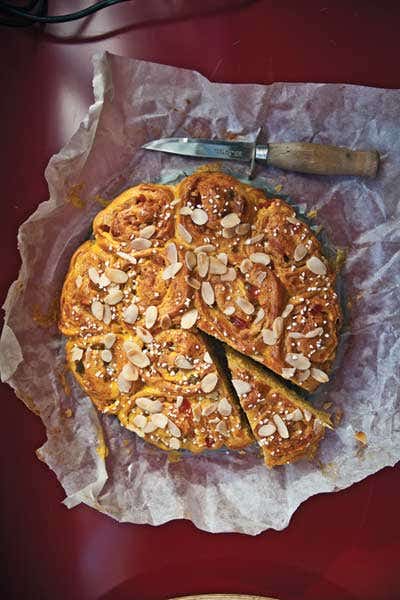
Celebrating Saffron Season
In mid-October, as autumn's rusty palate sweeps the Northern Hemisphere and trees begin to shed their leaves, the purple buds of the saffron crocus erupt in vibrant shocks of color across the saffron fields of Europe, North Africa, and Western Asia. The season is fleeting—farmers rush to harvest the flowers in a matter of hours, collecting them before the petals wilt under the sun. In Issue #6, From the Saffron Fields of Spain, Sally Schneider details the painstaking process of extracting the threads from each blossom—dexterous fingers must go through roughly 70,000 flowers to obtain just one pound of saffron. It is for this reason that saffron has been coveted throughout history—not only as a spice, but as a dye, a perfume, and a medicine—and remains one of the culinary world's most precious commodities. Essential to the cuisines of India, Morocco, and Iran, it is also the crucial ingredient in classic European dishes, from Spain's paella to France's bouillabaisse. At once floral and pleasantly bitter, saffron is reminiscent of tobacco, hay, and cedar, with hints of pepper, citrus seed, and menthol. This elusive flavor is best coaxed out by briefly toasting the threads in a skillet before using. Extraordinarily versatile, saffron enhances seafood, meats, and even sugar, bringing unparalleled flavor to everything from Swedish pastries to Iranian kebabs and Indian stews.
Keep Reading
Continue to Next Story










